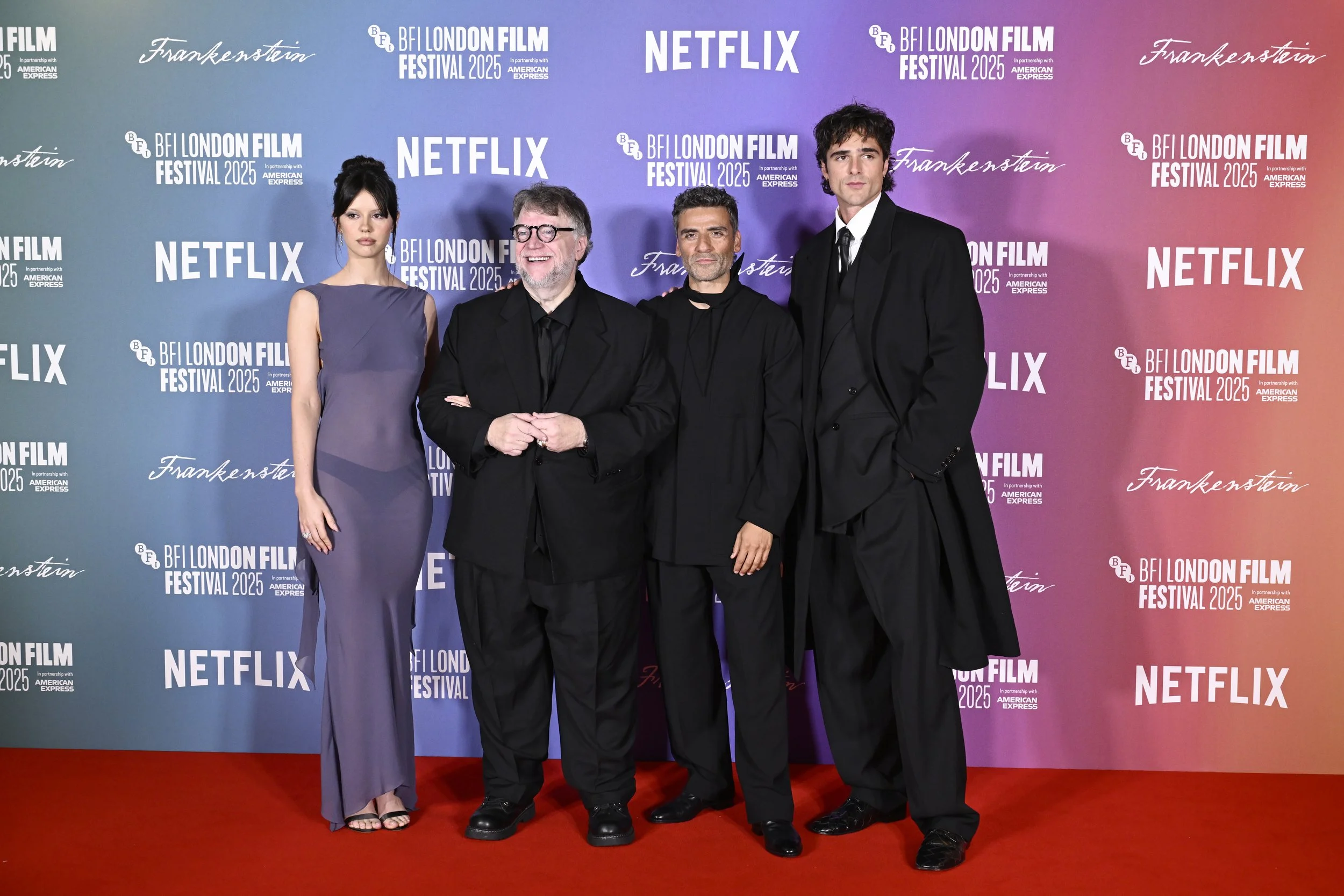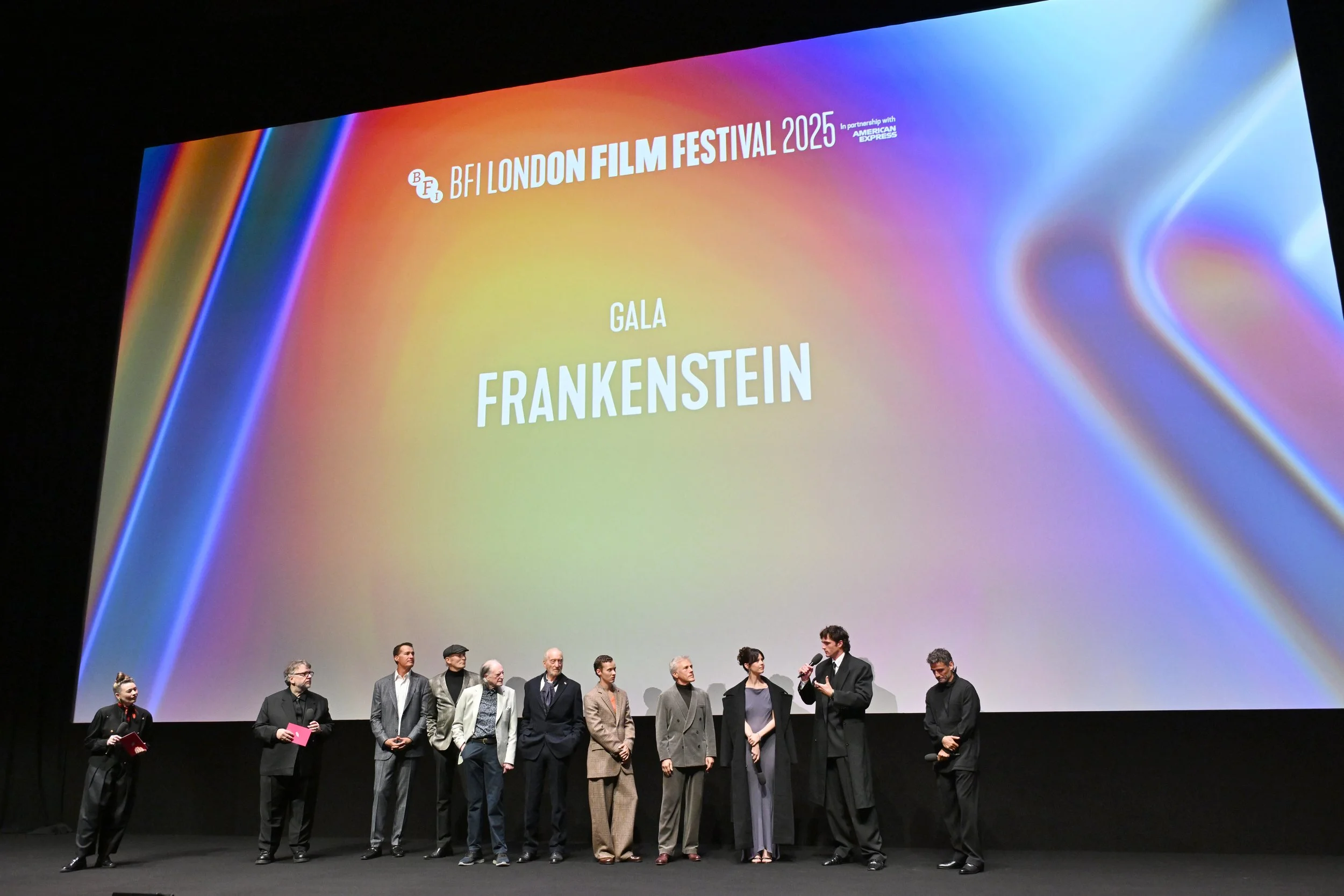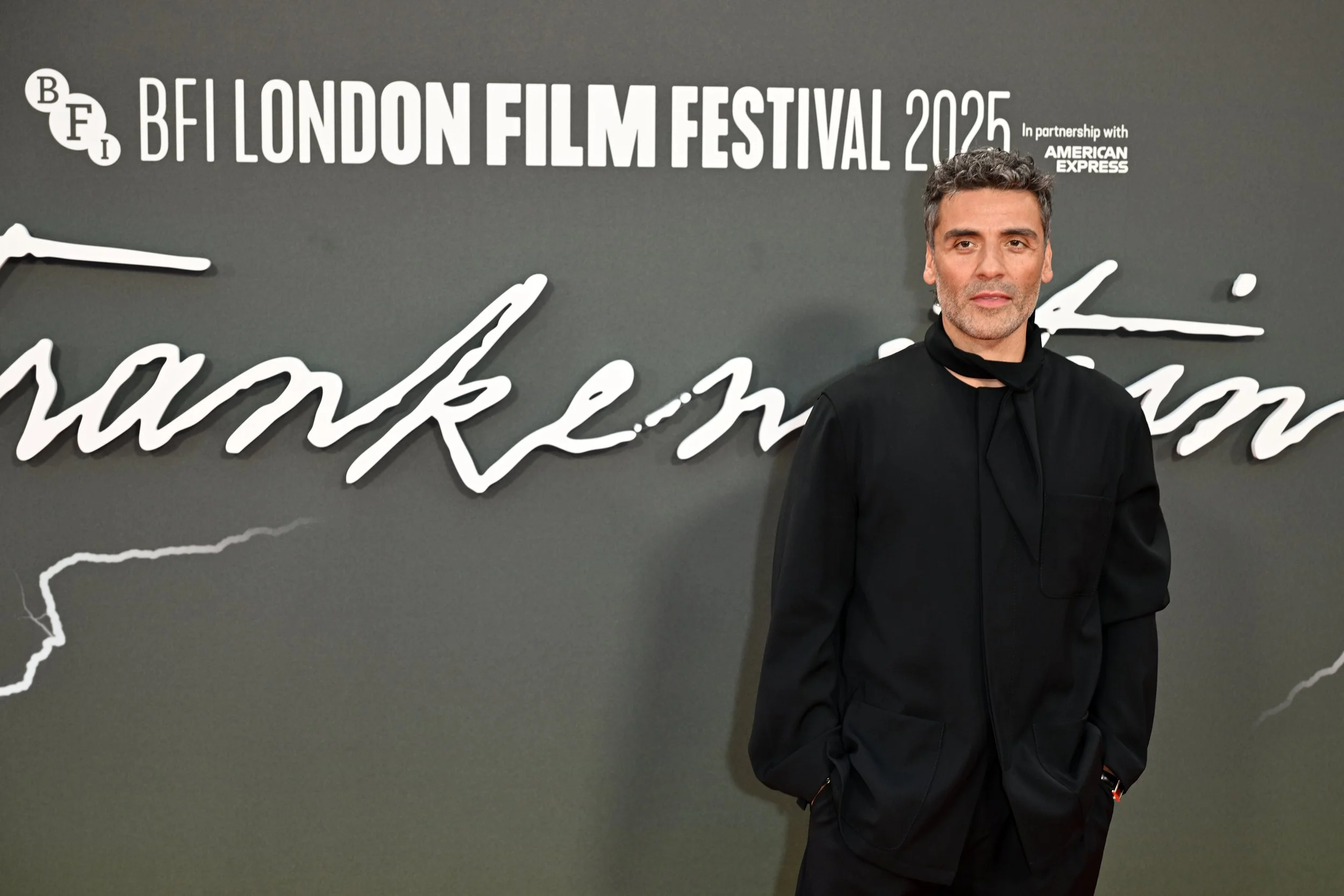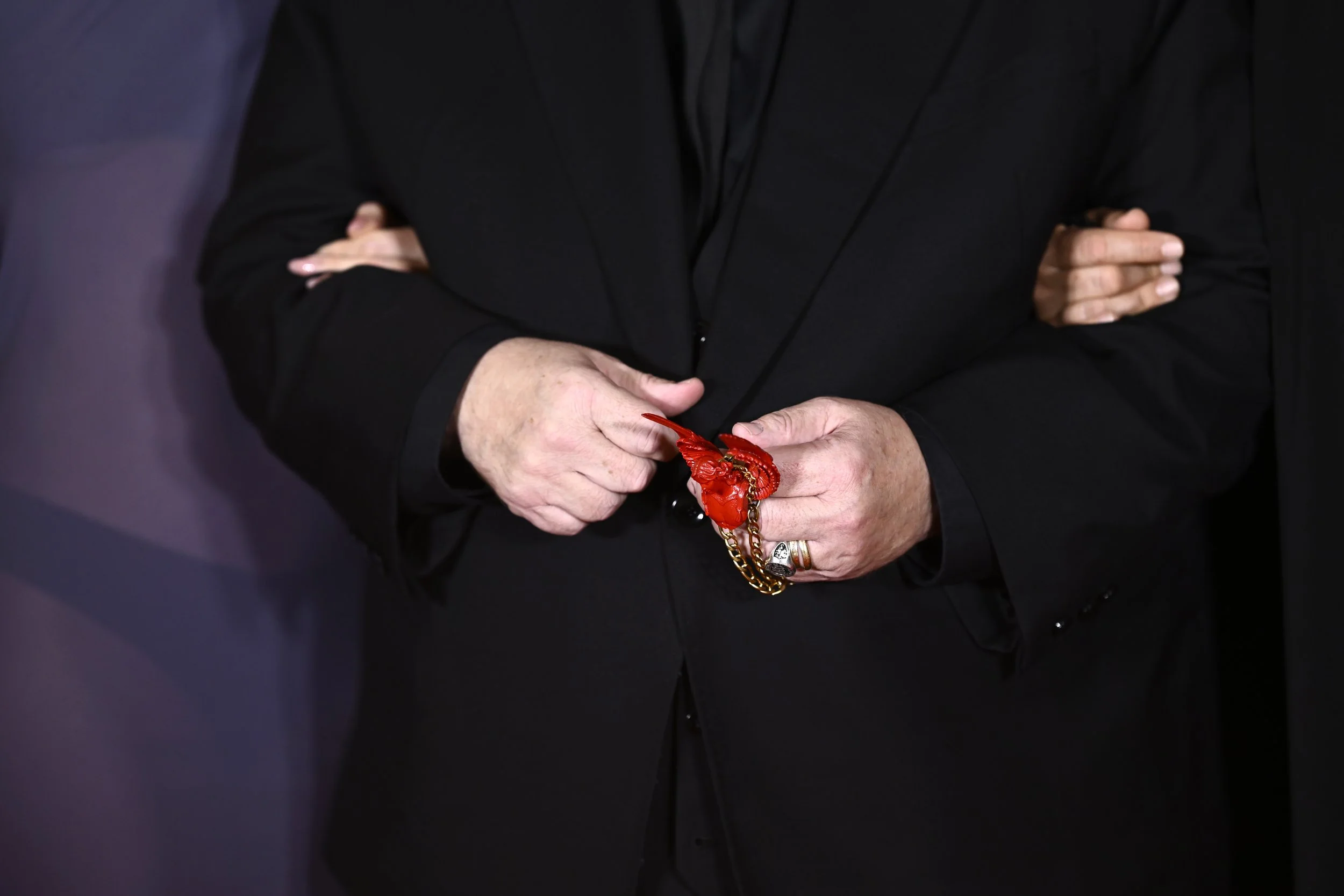
Frankenstein Is Alive! And Utterly Transportive
Guillermo Del Toro’s Frankenstein has been a long time coming, a dream stitched together from the director’s lifelong fascination with monsters, myths and melancholy. Like Shelley’s own creature, it has been assembled slowly, deliberately, until the final work feels powered by love and lightning. With that in mind, I went into the screening expecting a grand gothic spectacle. Admittedly, I was also a little hesitant to trust in Jacob Elordi’s monster. But I trusted Del Toro’s vision, and I’m glad I did.
Every frame feels carved from old stone; slick with atmosphere and heavy with meaning. The opening “Prelude” (as the film calls it) is especially rich in tone and grandeur. It gorges itself on a visual banquet of candlelight, snow and decay, set in the dying moments of Victor’s entanglement with his creation. Del Toro conjures mood from every corner of his world, from the trembling of a scalpel to the slow creak of a door left ajar. Gothic, yes, but never static. Cruel and beautiful in equal measure, like the relationship at the film’s heart.
Jacob Elordi is nothing short of astonishing. He doesn’t play the Creature so much as vanish into him. Watching him, especially in those snowbound sequences, I forgot entirely who he was. He is the monster: a void of empathy and terror that swallows the world whole. An ache given form. His transition from silent victim to articulate narrator feels a touch abrupt, but it’s forgivable when his physical performance constantly reminds us he is the sum of borrowed parts.
Oscar Isaac, meanwhile, is the perfect foil. As Victor he is filled with wit, mania and wounded pride. He’s funny, furious, tragic and painfully human, with gestures trembling between genius and guilt. The way he wears red — in his clothes, his experiments, his nightmares — makes him feel tethered to something infernal.
And as the film continued, I found myself equally obsessed with that crimson red.
It seems to stalk the film like a spirit. In a world built from marble whites, midnight blacks and bone-pale greys, red bleeds through like punishment. It haunts every scene and touches every soul. Sometimes it’s stitched into fabric, a secret totem of temptation; at others it seeps (quite literally) from the victims of Victor’s madness. In it’s most visually chilling moment, that slow red spread across Elizabeth’s wedding dress in a captivating picture. When the colour wasn’t there, I found myself feeling its absence like a phantom limb.
Del Toro’s mastery of design is, as ever, breathtaking. His animation background shows in the film’s visual rhythm. Every thread and tile feels like a sermon to beauty and decay. Every shadow alive, every movement deliberate. The supporting cast shines too — no small feat when Elordi and Isaac dominate the frame. Mia Goth brings a fragile intelligence to Elizabeth, though her character had no real sway in the film for me.
The gore, when it arrives, isn’t indulgent but methodical, almost scientific. Blood becomes the ink with which the film writes its philosophical questions. I found myself watching not as a squeamish viewer, but as an observer. Perhaps this was Del Toro’s plan, allowing us a glimpse into how Victor might study his unholy creation’s first breath.
By the end, I was spellbound, heartbroken and utterly transported by this film as much about creation as it is about consequence. While the second act feels slightly rushed compared to Victor’s long descent into obsession, I was happy to forgive such unevenness for the sake of the bigger picture.
Certain images still hum in my mind: the clockwork hearts, the iron-lunged contraptions, the way Del Toro transforms familiar literature into something shockingly alive. Frankenstein is, quite simply, a cathedral of feeling and fear. Beautifully built, breathtakingly acted, and haunted by red.




